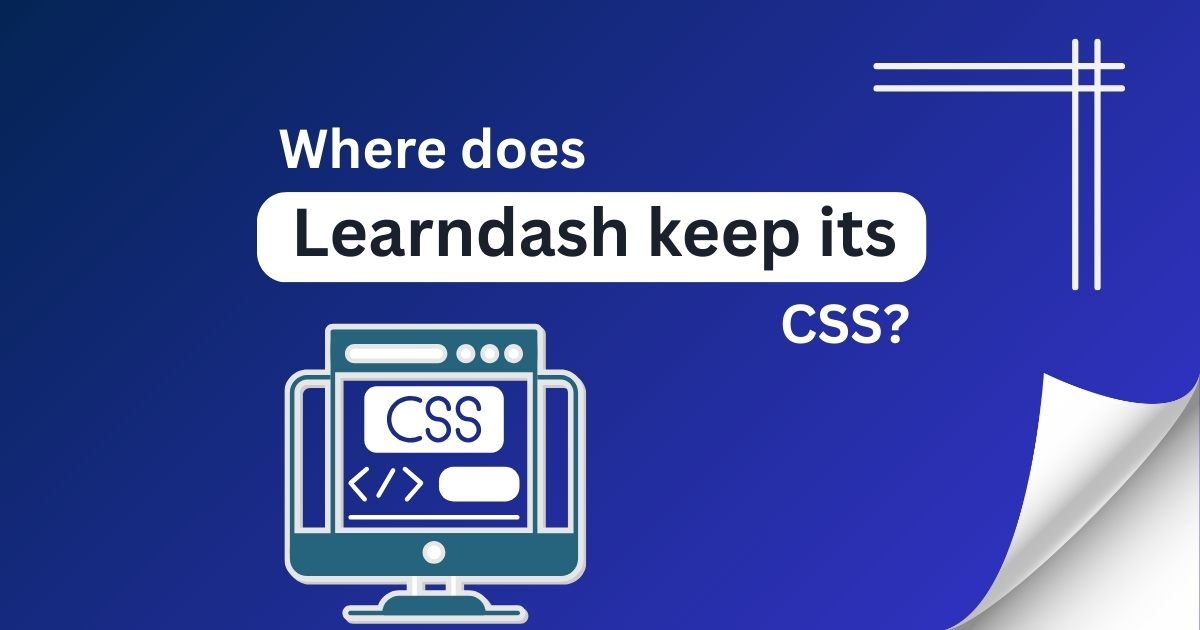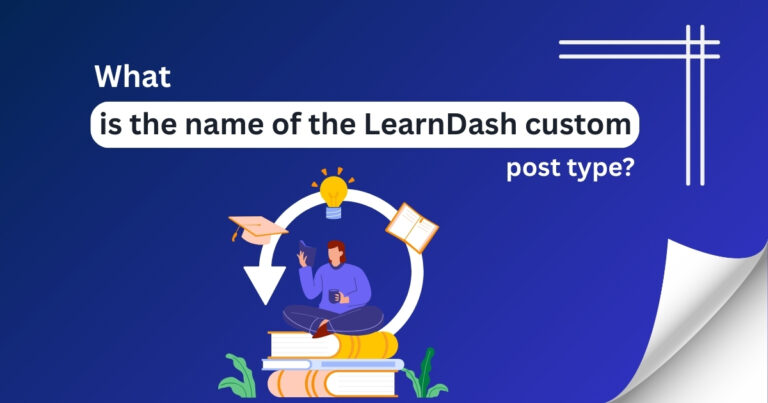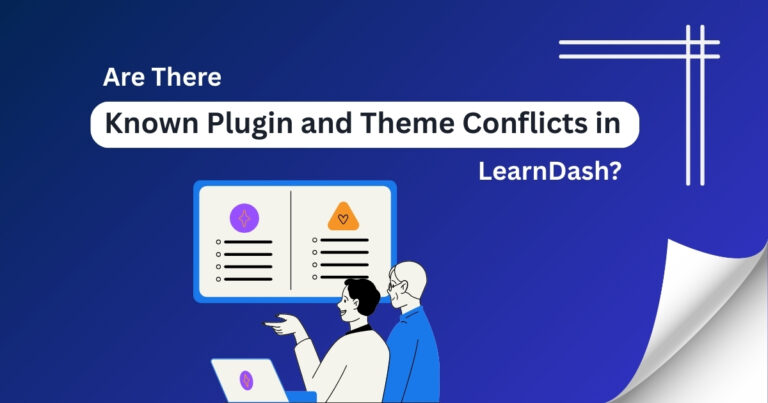Where does Learndash keep its CSS?
If you’re trying to modify the appearance of your LearnDash course, such as changing fonts, button styles, or spacing, you might be curious about where the design settings are maintained.
This is a common roadblock for course creators who want a more user-friendly and branded course layout.
The issue usually starts when it’s unclear where to find or edit the CSS that controls these visual elements. Without that knowledge, even small design tweaks can feel confusing and take up much time.
The good news? There are safe and simple ways to locate and edit the CSS for your course layout. Need help? Book your free consultation today, and we’ll walk you through it.
Here’s where you can find the CSS that affects your LearnDash content:
Check Your Theme’s CSS File
Most of the time, the look of your course pages comes from your WordPress theme. Each theme has a file called style.css where general design styles are written.
You can find this file in your site’s file structure by going to:
wp-content > themes > your-theme-name > style.css
This file may include styles that affect font size, colors, spacing, and other layout features that show up on LearnDash pages.
Read this: Where in the admin design upgrade for LearnDash
Use the WordPress Customizer (No Coding Needed)
If you’re not comfortable editing files directly, WordPress has a built-in tool that makes it easier.
Go to your WordPress dashboard and navigate to:
Appearance > Customize > Additional CSS
This is a safe place to add your styling. Any CSS you add here will apply across your site, including LearnDash pages. It’s perfect for quick changes like adjusting font size, link color, or button styles.
LearnDash Plugin’s Built-in CSS
LearnDash has its own internal CSS that controls how things like course lists, buttons, and quizzes look. These styles are usually found in:
wp-content > plugins > learndash > assets > css/
You’ll see files like learndash.css, which include default styles for courses, lessons, and quizzes. It’s not recommended to edit these directly, because updates can erase your changes.
Instead, copy the styles you want to change and paste them into your theme’s custom CSS area or use a plugin.
Use a Page Builder (Like Elementor or WPBakery)
If you’re using a page builder plugin, you may be able to control styling without touching any code. Page builders like Elementor or WPBakery often let you set custom styles for each section of your page.
You can also use their custom CSS panels if you want more control. This is a great option if you want to style one course page differently from another.
Add Custom CSS with a Plugin
If you’re not using a child theme or don’t want to mess with files, you can install a plugin like:
These tools let you safely write your own CSS that overrides both your theme and LearnDash styling—without touching core files.
Don’t miss: Where to drip-feed content LearnDash?
Use Developer Tools to Inspect and Test
You can use your browser’s built-in developer tools (like Chrome DevTools) to see which styles are affecting your course pages.
This makes it easier to know exactly what to change and test your updates live before adding them to your site.
Always Use a Child Theme for Custom Code
If you do plan to edit your theme files directly, always create and use a child theme. This is a copy of your theme where you can safely make changes.
If your main theme updates in the future, your edits in the child theme will stay untouched. This is the safest way to make long-term CSS changes.
Join us today and get 75% off on the original license—plus expert help to style your course the right way!







